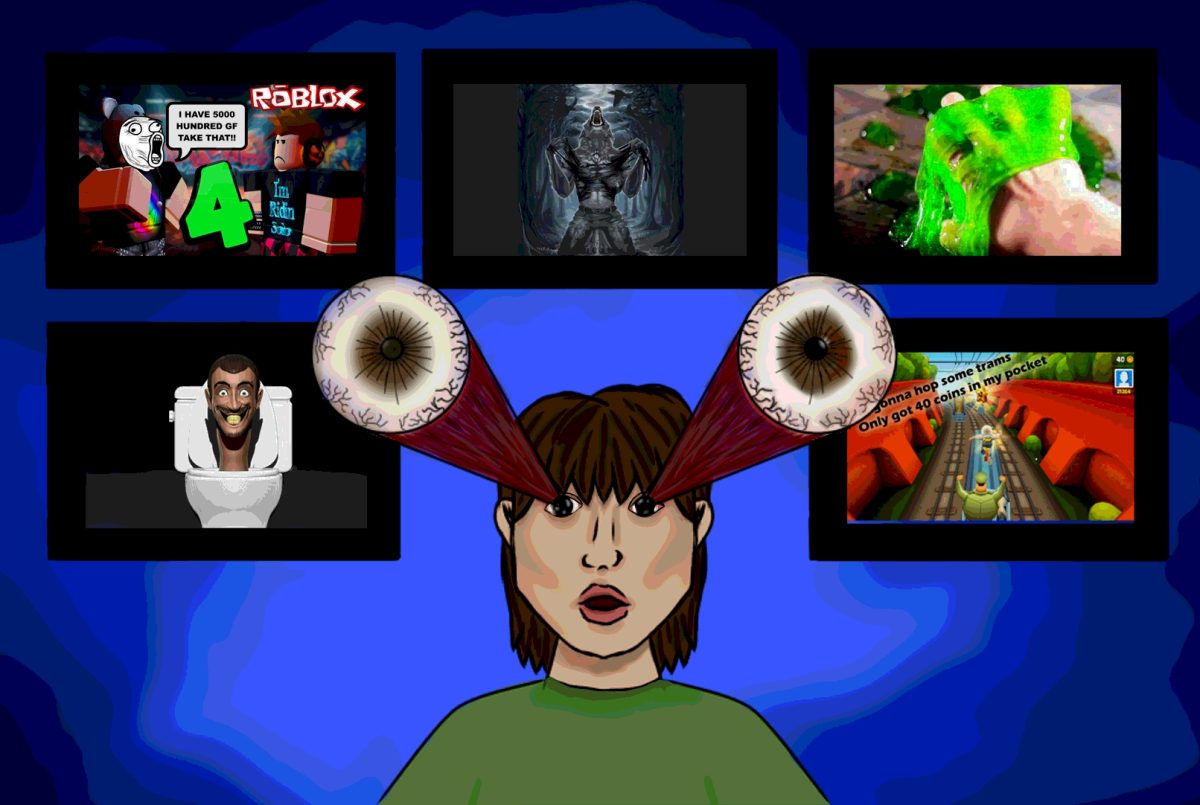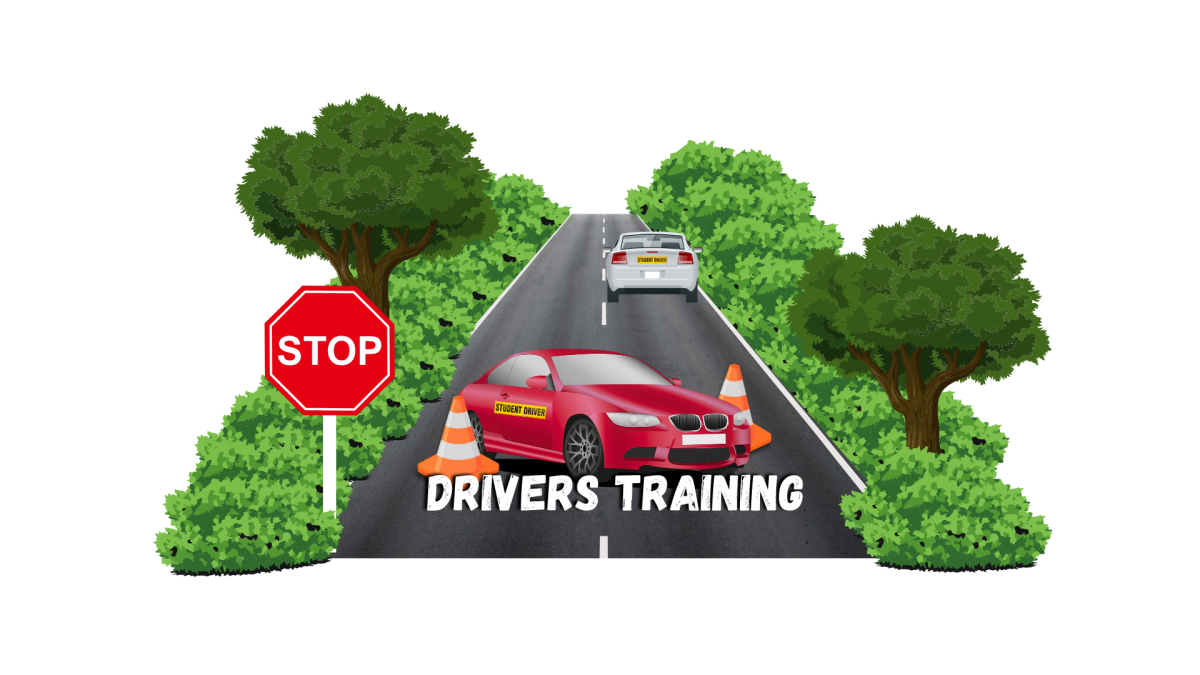
For as long as I can remember, messages about bullying and peer pressure have been drilled into my head at school and at home. The things I have been taught, and the things children across the country are being taught are: stand up to bullying, don’t be a bystander, and avoid peer pressure at all costs.
Since kindergarten, I’ve had anti-bullying slogans and acronyms like “Bully free starts with me” and “Take a STAND (Stand tall, Tell an adult, Avoid harm, Say NO, Develop friendships)” memorized. I was even taught a list of appropriate responses to peer pressure like “Sorry, I can’t come to the party, I need to go home and help my mom” or, “I shouldn’t smoke, it’s swim season!”
However it is equally, if not more important, that children be taught not to engage in bullying or peer pressure themselves. In order to achieve the positive, safe environment we all want in our schools, kids need to be taught not only to resist bullying and peer pressure from others, but also how to avoid being a perpetrator.
The biggest challenge with this approach is that no child wants to view themselves as the “bad guy,” and no parent wants to find out that their child is the school bully. But in reality, many children are.
The United States Foundation to Stop Bullying reports that 70.6 percent of students have witnessed bullying at school, and 28 percent experience it themselves. Meanwhile, only around 30 percent of young people have ever admitted to bullying a peer. Clearly, there are many bullies and instances unaccounted for.
The reason so few people admit to bullying others is rooted in a lack of responsibility, a result of the fact that kids are only taught to see themselves as the victim or as the innocent bystander. Kids today grow up with the “it couldn’t be me” mentality. Needless to say, anyone can be a bully, and what children are taught about bullying should reflect that.
The same goes for peer pressure. More common in the teen years, peer pressure often leads to the poorest of decisions and is rightfully discouraged in schools. However, our school systems mainly address students as potential victims, ignoring all of the potential perpetrators.
According to The Kaiser Foundation, 50 percent of teens feel pressured in regards to sexual relationships. Yes, the 50 percent feeling pressured should be taught the best way to handle their situation, but equal attention needs to be drawn to the other half, the ones doing the pressuring.
In all my years of education, I can recall multiple, often tedious lessons about bullies and pressure from my peers. But never once was I forced to ask myself, How do I treat my classmates? Is there anything I’m doing that could be making someone else feel pressured to do something they don’t want to do? Am I being the person I should be?
This requires serious self-reflection, which is uncomfortable for anyone, but we need to normalize this mentality if we ever hope to end bullying and peer pressure. The way bullying and peer pressure are seen in the eyes of students needs reform. Strategies to stop these things before they occur, not afterwards, could contribute to the upbringing of kinder children, safer schools, and a better world.
Categories:
It’s Time to Alter How we Teach about Bullying and Peer Pressure
Riley Dominianni, Feature Editor
December 10, 2018
1
0
More to Discover
About the Contributor

Riley Dominianni, Feature Editor
My name is Riley Dominianni, and this is my second year on the staff of Knight Life. I started out as a staff writer and reporter and have since taken on the role of feature editor. Beyond Knight Life, I am also involved in National Honor Society, National English Honor Society, soccer, volleyball, and forensics here at Loy Norrix.







Samuel Dominianni • Dec 10, 2018 at 9:04 pm
Excellent. Very proud of you sweetheart.